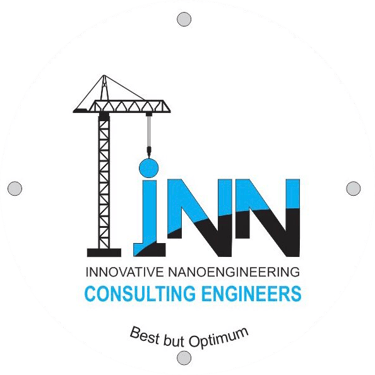Prefabrication and Modular Construction
Unveiling the Future of Construction Trends


The construction industry has witnessed a remarkable transformation over the years, with innovations in technology and design reshaping the way we build. One of the most impactful trends gaining momentum is prefabricated and modular construction. This method is changing the landscape of the industry by offering efficiency, sustainability, and cost-effectiveness like never before. In this article, we will delve into the key trends driving the rise of prefabricated and modular construction.
1. Speed and Efficiency:
Time is of the essence in the construction world, and prefabrication and modular construction are leading the charge in accelerating project timelines. Unlike traditional on-site construction, where weather, labor shortages, and other factors can cause delays, prefabricated components are manufactured off-site in controlled environments. This not only reduces construction time but also ensures consistent quality and minimizes errors.
2. Sustainable Solutions:
Environmental concerns are steering the construction industry towards greener practices. Prefabrication and modular construction align well with sustainability goals. Precise material management in factory settings reduces waste, while the ability to recycle and repurpose components contributes to a circular economy. Moreover, energy-efficient designs can be integrated seamlessly into prefabricated structures, making them eco-friendlier and more resource-efficient.
3. Technological Advancements:
The integration of technology, such as Building Information Modeling (BIM) and advanced manufacturing techniques, has propelled prefabrication and modular construction to new heights. BIM enables accurate design visualization, clash detection, and optimization, while robotic automation and 3D printing are reshaping how components are fabricated. These advancements not only improve precision but also allow for intricate and complex designs that were previously difficult to achieve.
4. Customization and Flexibility:
Contrary to the misconception that prefabrication limits design creativity, modern techniques actually offer increased customization and flexibility. Modular components can be tailored to suit specific project requirements, allowing architects and engineers to create unique structures while adhering to efficiency and cost-effectiveness.
5. Addressing Urbanization Challenges:
As urban populations grow, space becomes a premium commodity. Prefabricated and modular construction present solutions for urban environments where limited space and logistics constraints can impede traditional construction methods. Modules can be assembled vertically, making high-rise construction more manageable, and they can also be utilized in infill projects and adaptive reuse scenarios.
6. Quality Assurance:
The controlled environment of off-site manufacturing enhances quality control. Rigorous testing and inspections can be conducted during the fabrication process, leading to fewer defects and construction-related issues. This results in buildings that are not only structurally sound but also more resilient in the face of external forces.
7. Cost Savings:
Prefabricated and modular construction methods often result in cost savings due to reduced labor, shorter construction times, and minimized material wastage. Additionally, the predictability of costs and timelines allows for more accurate budgeting and financial planning.
Conclusion:
Prefabricated and modular construction are no longer alternative building methods; they are shaping the future of construction. With the ability to reduce construction time, enhance sustainability, and foster innovation, these trends are revolutionizing the industry. As technology continues to advance and the demand for efficient, environmentally conscious buildings rises, we can expect to see even more groundbreaking developments in the realm of prefabrication and modular construction. The potential for creative design, streamlined construction processes, and sustainable building practices make this trend an exciting prospect for architects, engineers, and the entire construction ecosystem.
